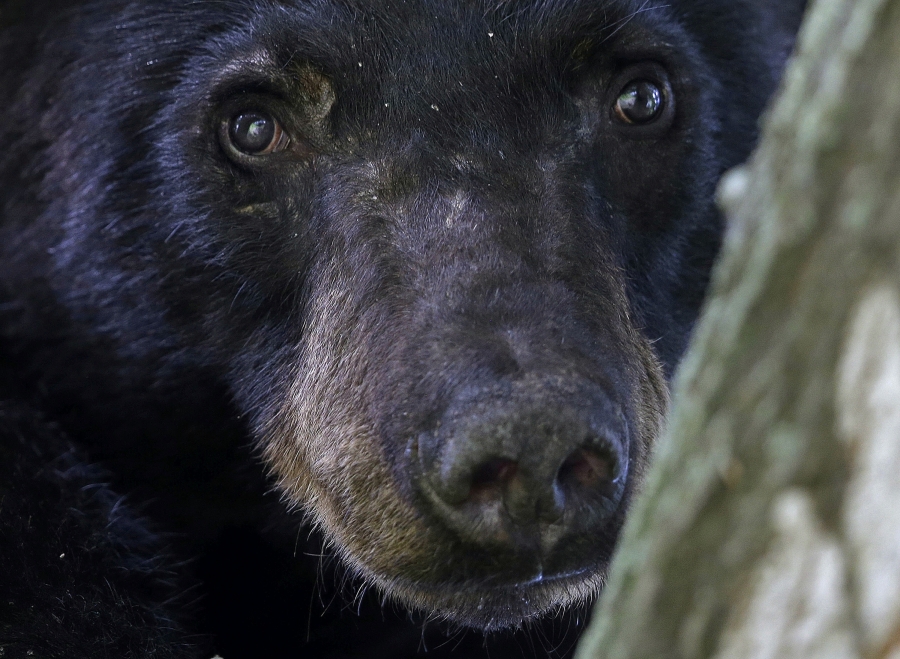MADISON, Wis. (AP) — Federal wildlife officials announced Wednesday they will consider adding 10 new species to the Endangered Species Act, including a big bumble bee that serves as a key pollinator across the United States.
U.S. Fish and Wildlife Service officials said they had completed 90-day reviews of petitions to add the species to the list and determined that listing may be warranted. The finding triggers reviews of the species’ status.
One of the more prominent species up for consideration is the Southern Plains bumble bee, a large black-and-yellow bumble bee that inhabits open prairies, meadows and grasslands in the Midwest, the mid-Atlantic states and the Plains states from Texas to North Dakota. It’s also found in the grasslands and savannas in the southeastern U.S., including Florida. Queens can grow as large as an inch (26 mm); workers can grow to as large as three-quarters of an inch (18 mm).
The Center for Biological Diversity petitioned the U.S. Fish and Wildlife Service in 2022 to include the bee on the Endangered Species List. According to the center, habitat loss and degradation as well as pesticides have led to sharp population declines in the southern Plains states, including Texas and Oklahoma as well as in Alabama and Mississippi.
The other species under review include the betta hendra and the betta rutilans, freshwater fish found in Borneo; the Hickory Nut Gorge salamander, an amphibian found in western North Carolina; the pygmy rabbit, a small rabbit found in mountainous areas of the western U.S.; and the Railroad Valley toad, a small toad that lives only in the wetlands of the Lockes Wildlife Management Area in Nye County, Nevada.
Also up for review are the Southwest spring firefly, an invertebrate native to Arizona that faces habitat loss due to alteration or loss of ground and surface water flows, livestock grazing and mining; the white-margined penstemon, a rare perennial plant found only in the Mojave Desert; and the yellow-spotted woodland salamander, which lives on the Appalachian plateau in Kentucky, Tennessee, Virginia and West Virginia.
U.S. Fish and Wildlife Service officials decided not to review the status of the Eastern hellbender, an aquatic salamander that lives in streams across 15 states. The agency included Eastern hellbenders who live in Missouri on the Endangered Species List in 2021.
More than 1,300 species are listed as either endangered or threatened in the U.S. under the Endangered Species Act. Listing protects organisms from being harmed, killed, imported or exported. Listing also mandates development and implementation of population recovery plans.



